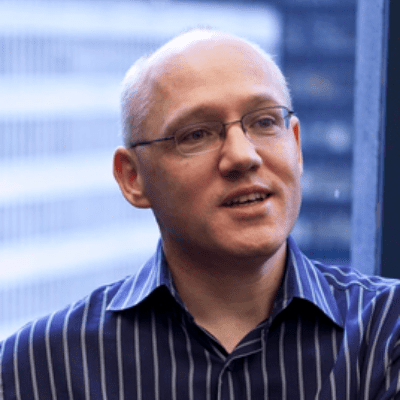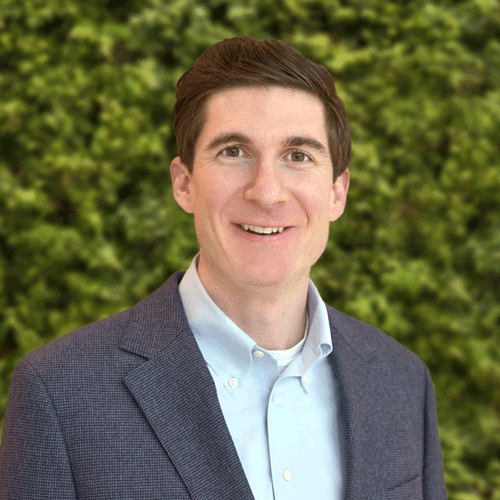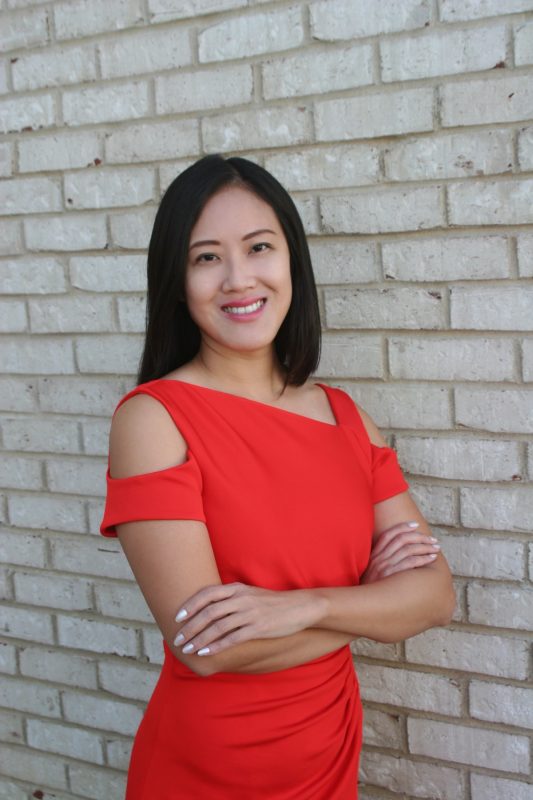Learn how to ensure that strategic goals can evolve to meet changing opportunities and market conditions.
Understand more about what the 2024 HR landscape will look like with selected insights and intelligence from Visier’s 2024 Workplace Trends report.
Through this webinar get more insight into how to stay ahead of the HR curve with exclusive findings and data.



In this UNLEASH webinar watch Dr. Serena Huang, Founder of Data With Serena speak with Ian Cook, VP of Research & Strategy at Visier, and Andy Biladeau, SVP of Advisory Services at The Josh Bersin Company about how HR can stay ahead of the curve and futureproof the business, how business leaders can make impactful and data-driven decisions for the coming year and how to turn this into a coherent strategy.
This UNLEASH webinar kickstarted with a head nod towards how fast the pace of change is for HR right now. As moderator, Dr. Serena Huang, Founder of Data With Serena said: “The pace of change has never been this fast — quiet quitting turned into quiet firing, we can’t keep up.” Ian Cook, VP of Research & Strategy at Visier agreed with this assessment: “I’ve never things move so fast in the length of my career.”
Indeed, as the webinar panelists laid out it’s all getting rather a lot for HR. They’ve got to understand leadership needs, employee wants, skills paradigms, and new conceptions of work — with unignorable curveballs, such as AI, thrown into the mix.
To help understand this change, people analytics has got to be a must. As Huang added: “Without people, your business fails and without people analytics, you’re running your business blind.”
A clear example of how much HR must contend with is that almost four years on from the en-masse move to remote work there is still an ongoing argument about which mode of working is best. Employees want flexibility and improved connectivity but also believe that hybrid or remote ensures productivity; executives have the opposite view. Instead, Cook posits a less binary, adversarial way to solve this. “It’s not about choosing not office or office, it more about working systems and how do we do it in the right way.” Ergo: it’s time to redesign work and its measurement.
People analytics will be key to finding the right way forward here but trying to measure something like productivity with one figure or metric will be deleterious. Measuring the impact of a paradigm or work structure shifts will require understanding that different parts of the business need different solutions and measurements. As Andy Biladeau, SVP of Advisory Services at The Josh Bersin Company says: “We’re still in the experimentation phase right now.” This means getting it wrong and adapting is okay.
Importantly, there also seems to be an understanding that organizations can’t force people back to work, with a difficult talent marketplace ongoing.
The webinar also discussed why listening to employees, and getting data from these exchanges, is key. As Huang shared, this means surveying employees often, about things they care about, and then acting after. Cook added that it means building on the agile listening that took place during the pandemic. By using the data you get to the action, and then create heterogeneous solutions after i.e. personalizing and tailoring outcomes for different groups within the workforce.
Biladeau then explained that businesses can’t assume that the data they get from any surveys relates just to one area of HR and that looking at survey outcomes might mean a holistic practice afterward. “An engagement dip could be due to poor leadership or something else; we have to move past the siloed approach and look at L&D, reward and performance etcetera together,” he added.
And when starting to use analytics, Cook reminded the audience what its purpose is. “You’re not there to do HR for HR purposes it’s HR for business purposes,” he said. This doesn’t mean not engaging with what people want, as the employment landscape is still difficult and businesses need workers as many have newly ambitious goals and transformation plans.
Rather it means delivering lots of what people need so the business has adequate talent. Ergo HR needs analytics to help with career development, internal mobility, and reskilling. It means helping managers overcome reticence to share talent and help to sell lateral moves for high performers. “HR has to know how to sell this as a big step forward in a career,” said Cook.
No webinar about skills and people analytics would be complete without a look at AI. As Goldman Sachs predicts, it’s this tool that will enable businesses to take the important next step and boost global productivity by 1.5% over the next ten years with GDP also rocketing.
However, getting AI right won’t mean mindlessly throwing data into the machine. HR has to be savvy about the inputs, about how it wants AI to boost performance and productivity, and use it to enable employees to unleash their skills and save time. “These are places you can get a real uptick in engagement who would otherwise be burdened by the administration and transactional work,” added Biladeau.
It means HR has to be strategic about where it uses AI, and that it must keep testing it to understand its impact on everything from workflow to remuneration levels. “As such, HR has to keep learning and stay curious,” concluded Huang.
"*" indicates required fields
"*" indicates required fields
"*" indicates required fields